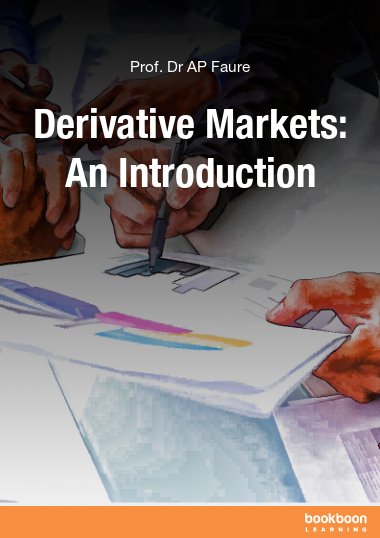Forwards, futures, swaps, options, hybrids (such as swaptions and options on futures) and a category “other” (credit derivatives, weather derivatives, etc) make up the derivative markets. The word is drawn from “derive” and means that the derivative instrument cannot exist on its own. It is closely related to “something” and this something is usually a spot (or “cash”) market instrument called the underlying instrument. A spot deal is a deal done now (T+0 days) for settlement now. “Now” means the earliest date dictated by market convention. For example, in the money market a Treasury bill sale transacted on T+0 can be settled today (T+0) or tomorrow (T+1). In the bond market deals are done on T+0 and usually settled on T+3. In spot deals and derivative deals the price is agreed on T+0, but settlement dates are different: spot deals are settled “now” and derivative in the future (eg. T+180). Derivatives are used for hedging, speculation and investment.


